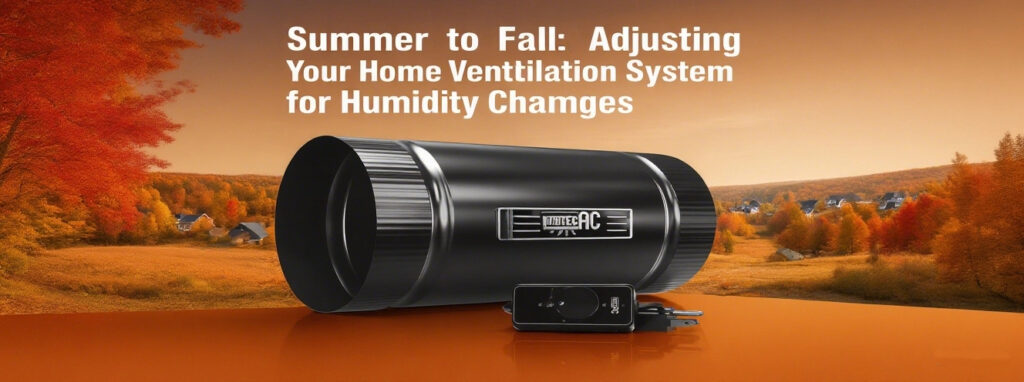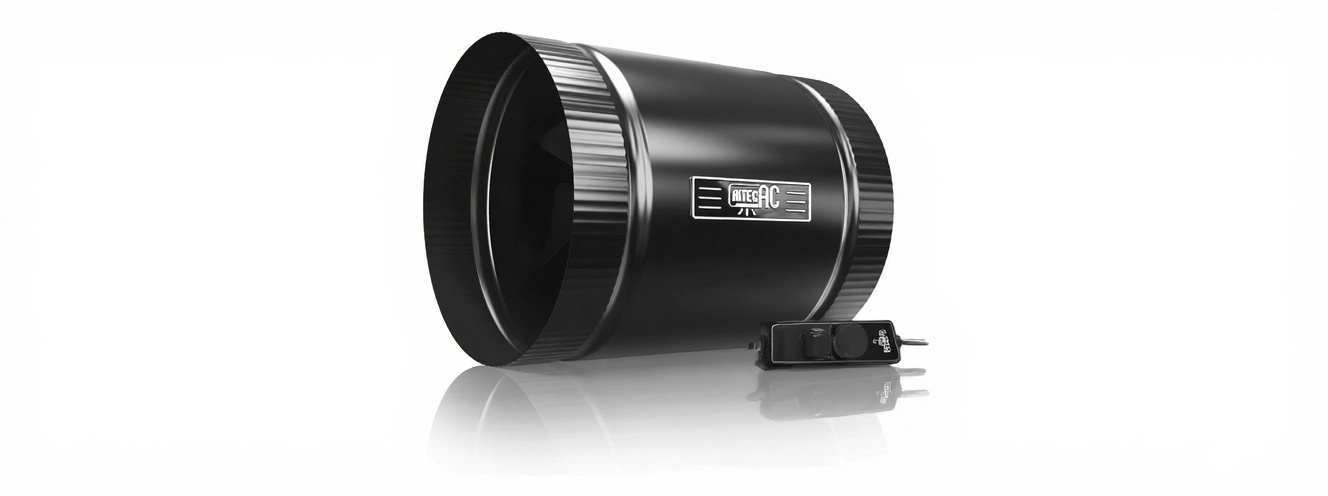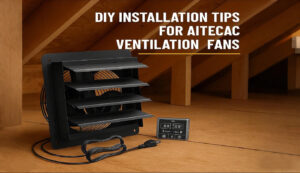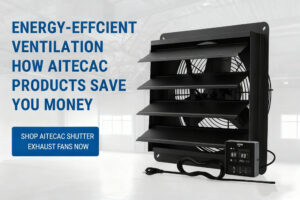Every home breathes. The air inside changes with the seasons and humidity is the biggest change. In summer the air feels heavy and moist. In fall the outdoor weather is cooler and drier but trapped indoor humidity can still be uncomfortable or damaging.
Managing this change is not just about comfort. High humidity causes mold, warping of wood and unhealthy indoor air. Low moisture levels leave the air dry and uncomfortable. A balanced approach requires adjusting your home ventilation system as summer turns into fall. This article will show you how to transition your ventilation system from summer to fall and focus on maintaining healthy humidity levels.
Understanding Seasonal Humidity Shifts
Humidity refers to the amount of moisture in the atmosphere. Summer temperatures are warmer and have higher moisture. Indoor humidity is higher than 60%. That’s the point where dust mites as well as molds find themselves very comfortable.
In fall the air is cooler and drier. Heating systems also reduce indoor moisture and sometimes bring it down to 30% or lower. That can be uncomfortable, static electricity and damage to wood furniture. The ideal indoor humidity level ranges from 30% to 50% throughout the year. To achieve that balance, you will have to fine tune your ventilation system in the home when seasons are transitioning.
The Role of Ventilation Systems in Humidity Control
Ventilation systems are more than just fans. They regulate airflow, filter pollutants and balance indoor moisture.
-
- Summer: Ventilation eliminates heat and humidity in excess.
-
- Fall: ventilation admits fresh air and discourages over drying.
By understanding how your environment functions you are able to adjust to feel more comfortable as well as to secure your belongings.
How Ventilation Systems Work
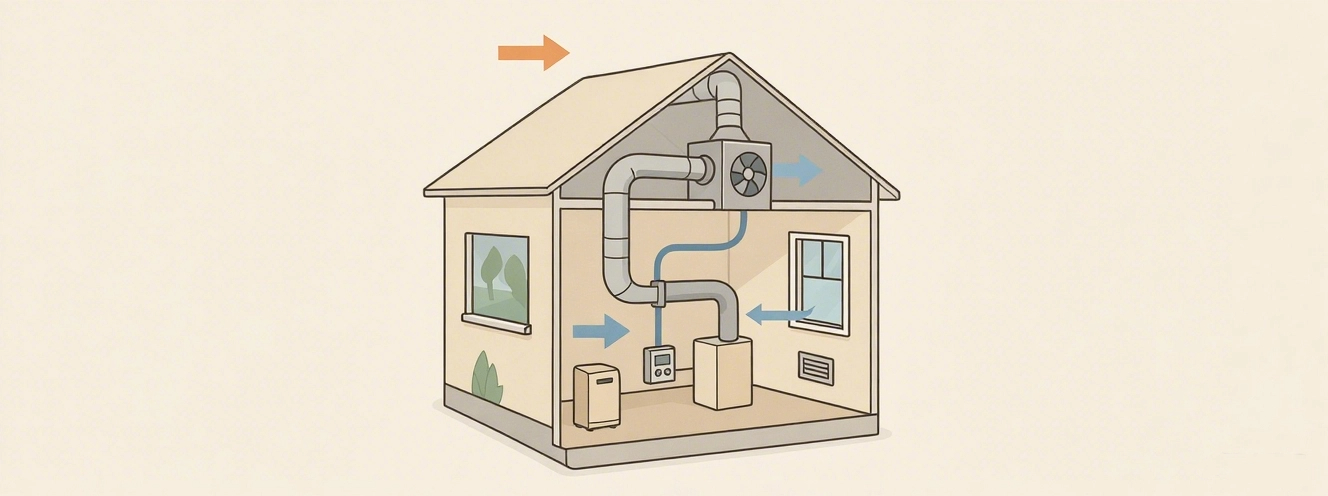
A ventilation system exchanges indoor and outdoor air. It expels damp, stale air while drawing in clean, fresh air. Fans, ducts and control units regulate airflow. When combined with dehumidifiers or humidifiers, ventilation systems maintain the perfect balance.
There are several types:
-
- Natural ventilation: windows, doors, vents.
-
- Mechanical ventilation: powered fans and ducts.
-
- Hybrid systems: A mix of both.
For reliable control mechanical systems are generally the best option especially for large homes or commercial buildings.
Signs Your Ventilation Needs Adjustment
Here are the clear signs your ventilation system may need adjustment:
-
- Condensation on windows – too much moisture is trapped inside.
-
- Musty smells – could mean mold or mildew is growing.
-
- Dry throat or itchy skin – the air is too dry.
-
- Uneven room temperatures – air isn’t circulating evenly.
-
- Dust buildup – not enough air circulation.
If you notice these, your ventilation system may need a quick check to make sure it’s working properly for the season.
Key Adjustments for Summer to Fall Transition
When summer transitions into fall your ventilation will transition as well. Adapting will keep your level of comfort in check, enhance indoor air quality and safeguard your living area from the destructive potential of moisture.
1. Rebalance Airflow
During summer fans work more to remove moist warm air. Once fall sets in, decrease fan speed and change airflow to avoid over drying. If you have Inline Fan Systems check their settings. Inline fans are equipped to circulate huge amounts of air effectively making them perfect for seasonal changes. Modulating the fan speed will provide your house with the perfect ventilation balance without losing too much humidity.
2. Check and Clean Ducts
Dirt, pollen, and debris are collected in summer. Dirty ducts limit ventilation and circulate allergens. Duct cleaning in the spring will provide optimal performance and healthier air. Seasonal maintenance will also prolong the life of fans as well as lower energy bills.
3. Check the Humidity with a Hygrometer
A hygrometer is utilized to monitor indoor humidity. Install one in your primary living space as well as your basement or attic. This will enable you to identify areas with high or low humidity. If the level is above 55%, increase ventilation to lower the moisture level. If the humidity level is below 35%, you can adjust ventilation to help retain moisture or consider using a humidifier.
4. Upgrade to High Performance Ventilation Fans
Not all fans are equal. A standard bathroom fan may not provide enough power for larger spaces. For example, an 830 CFM Ventilation Fan provides strong airflow to manage humidity in large homes, basements or commercial areas. High capacity fans maintain steady airflow which helps to stabilize humidity during seasonal changes.
5. Integrate with Heating and Cooling Systems
Your HVAC system works with your ventilation. As temperatures cool you may use heating more. Make sure your ventilation system is working with your HVAC settings. Balanced airflow prevents energy waste and dry indoor conditions.
6. Seal Leaks and Insulate
Humidistat control is not all about fan performance. Leaks in attics, doors or windows provide openings for moisture imbalances. Caulking gaps and insulating your house keeps your house steady, minimizes energy losses and lets your ventilation equipment function effectively.
Practical Tips for Homeowners
Maintaining a healthy indoor environment is more than just temperature control. Here are some practical tips to help you be comfortable, protect your home and optimize energy use year round.
-
- Check Humidity: Maintain indoor humidity between 40% to 60%. Monitor daily with a digital hygrometer.
-
- Adjust with the Weather: Open windows on comfortable fall days to supplement mechanical ventilation. Use fans to avoid condensation accumulation on chilly, damp days.
-
- Upgrade If Needed: If your current ventilation system can’t adapt, consider modern inline fans. These will save you money in the long run by reducing maintenance, energy waste and damage from poor humidity control.
-
- Quiet Comfort: Look for systems with noise reduction especially if used in bedrooms or offices. Aitecac fans are designed to deliver airflow without disruption.
Commercial and Industrial Considerations
Commercial kitchens, warehouses and office buildings face even greater humidity challenges. Aitecac ventilation systems are designed for both domestic and commercial use, making them a multi-purpose investment. From small commercial spaces to large industries, ventilation management is the solution to increased output, protection of equipment and comfort for workers.
How Aitecac Products Stand Out
Not all fans are designed for seasonal flexibility. Our inline fan systems and 830 CFM ventilation fans are for residential and commercial use.
-
- Quiet yet powerful performance.
-
- Energy efficient motor technology.
-
- Durable materials for long life.
-
- Easy installation for new builds or retrofits.
Our fans are powerful, energy-efficient, and quiet, making them the best choice for controlling humidity.
Conclusion: Prepare Now for a Healthier Fall
The change from summer to fall demands attention to humidity and ventilation. Ignore these changes and you risk discomfort, health issues and property damage. With consistent maintenance and a few upgrades, your home or business will stay safe and comfortable. Products like Inline Fan Systems and 830 CFM Ventilation Fan give you control, efficiency and peace of mind. They work quietly, powerfully and reliably through every season.
If you want comfort, health and protection, now is the time to upgrade. A smart ventilation system is more than an option. It’s a necessity.

